
Bait Al Safah Al Hamra Oman
Step back in time at Bait Al Safah, a 400-year-old living museum showcasing authentic Omani traditions and hospitality.
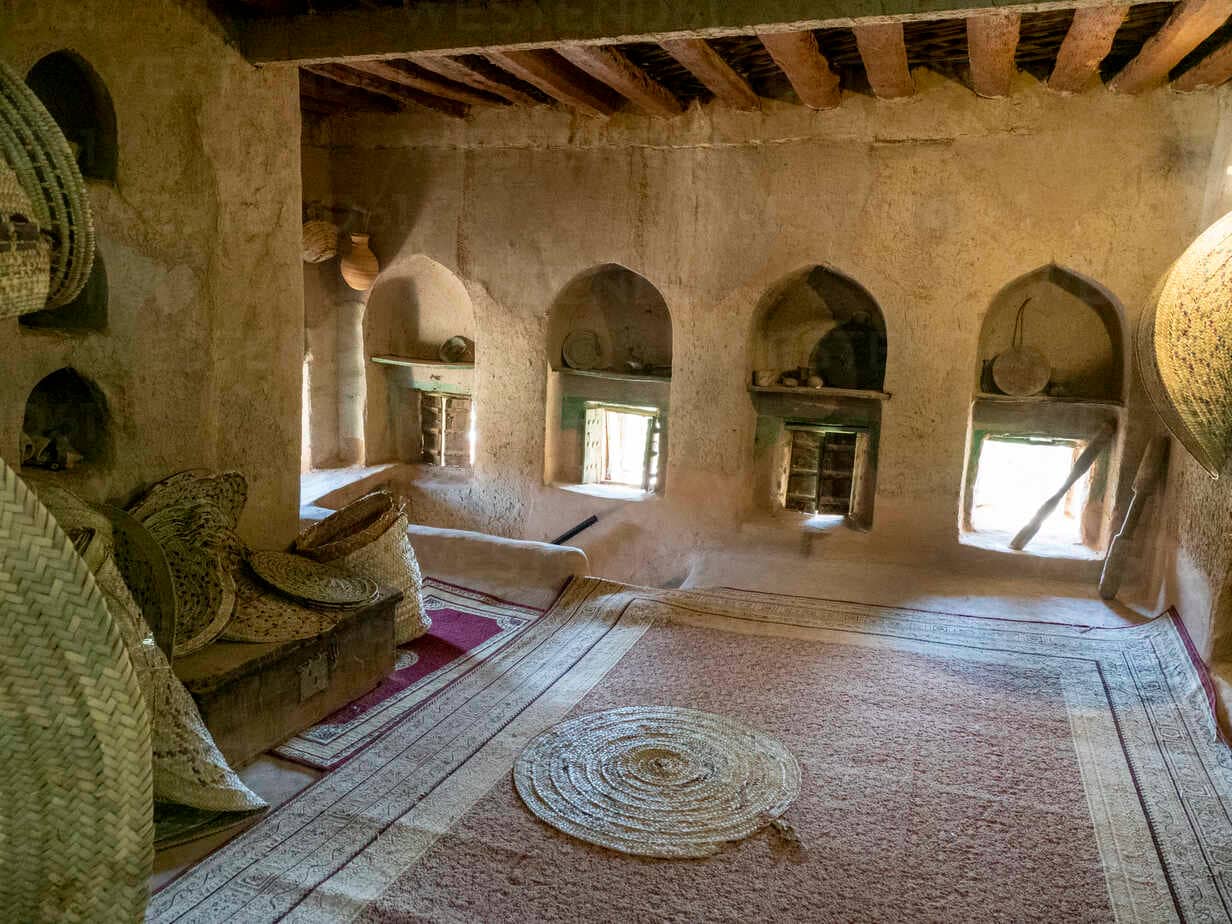
Highlights
Must-see attractions
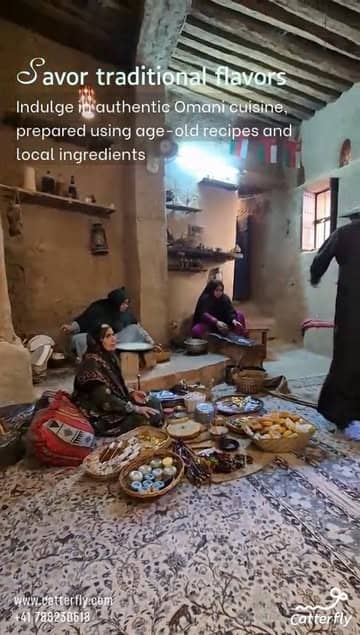
Social
From TikTok & Reddit
Best Time
Experience demonstrations

Bait Al Safah Al Hamra Oman
Best Time
Experience demonstrations

Highlights
Must-see attractions
Step back in time at Bait Al Safah, a 400-year-old living museum showcasing authentic Omani traditions and hospitality.
"A remarkable experience of walking back in time to when the Omani people used to live in the village."

🎯 Arrive with an Open Mind
Embrace the slow pace and authentic interactions. The real magic is in connecting with the locals and their traditions.
☕ Taste the Local Flavors
Don't miss the chance to try Omani coffee, dates, and freshly baked bread offered to visitors.
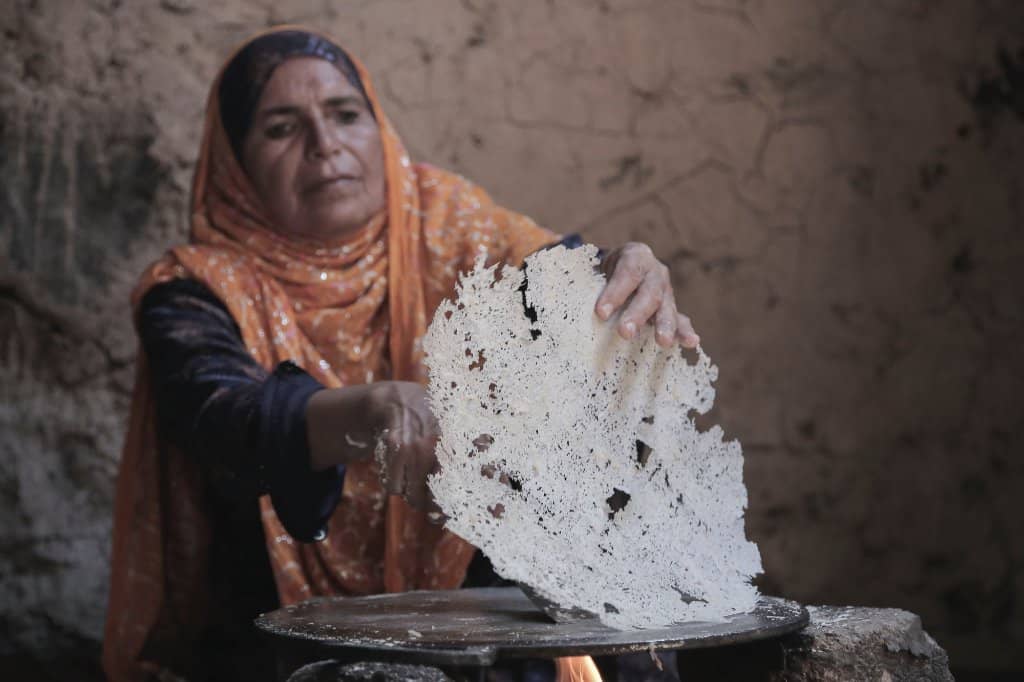
Highlights
Discover the most iconic attractions and experiences

Traditional Omani Coffee & Bread
Demonstration areas
Witness and taste freshly brewed Omani coffee and traditional flatbread, baked on-site. A true sensory experience of local flavors.
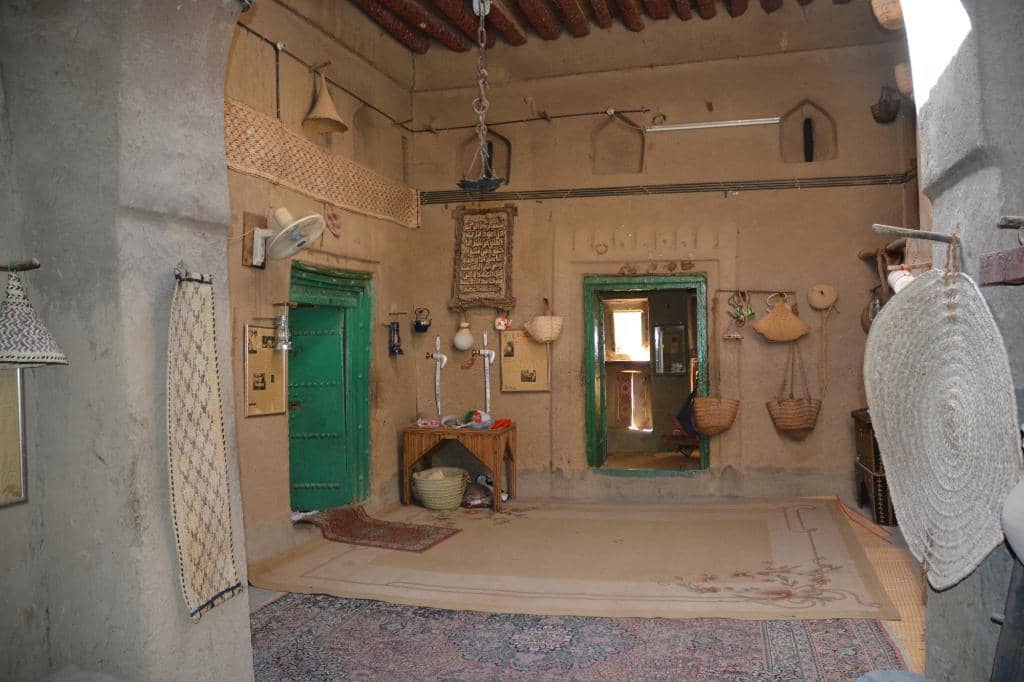
Local Craftsmanship Demonstrations
Various rooms
See artisans at work, from extracting essential oils to showcasing traditional handicrafts. Learn about age-old Omani techniques.

Architectural Heritage
The entire house
Explore a beautifully preserved 400-year-old mud-brick house, offering insights into traditional Omani architecture and living spaces.
Plans like a pro.
Thinks like you
Planning Your Visit
Immerse Yourself in Living History
Authentic Omani Hospitality
Best Times
Insider Tips
from TikTok, Instagram & Reddit
🎯 Arrive with an Open Mind
Embrace the slow pace and authentic interactions. The real magic is in connecting with the locals and their traditions.
☕ Taste the Local Flavors
Don't miss the chance to try Omani coffee, dates, and freshly baked bread offered to visitors.
🚶 Explore Every Corner
Wander through the multiple levels and rooms of the historic house to discover its secrets.
💰 Affordable Entry Fee
The entry fee is around 3 OMR and includes a guided tour, offering great value.
Tips
from all over the internet
🎯 Arrive with an Open Mind
Embrace the slow pace and authentic interactions. The real magic is in connecting with the locals and their traditions.
☕ Taste the Local Flavors
Don't miss the chance to try Omani coffee, dates, and freshly baked bread offered to visitors.
🚶 Explore Every Corner
Wander through the multiple levels and rooms of the historic house to discover its secrets.
💰 Affordable Entry Fee
The entry fee is around 3 OMR and includes a guided tour, offering great value.
📸 Capture the Moments
The traditional setting and activities offer fantastic photo opportunities.
What Travellers Say
Reviews Summary
Visitors consistently praise Bait Al Safah as a 'hidden gem' and a 'remarkable experience' for its authentic portrayal of Omani life. The living museum concept, with its hands-on demonstrations and warm hospitality, leaves a lasting impression. While the entry fee is modest, the value derived from the cultural immersion and personal interactions is immense. Some visitors note that dining options in the immediate vicinity are limited, suggesting planning meals in advance.
"This place is a real hidden gem in Oman. As soon as we entered the village, the mud brick houses slow living, and date palm orchards transported us to another world. Bait Al Safah, a living museum is unlike any other. The museum is set in one of the mud brick houses, and along with the exhibits, they keep essential oils, frankincense, ouds, and other local products. As we walked through the halls and rooms, the guide didn’t just explain the museum, he shared their culture and asked about ours. Omani tea and locally grown dates were always available for visitors. They also showcase traditional craftsmanship, like pressing oil, making flatbread, and roasting and grinding coffee. It’s not just a display, you can actually enjoy the products made right there. This experience will always stay with me. The hospitality of the locals was the cherry on top. Don't miss this place if you're nearby... The only thing I recommend to reserve in advance is dining with a local family. For the rest of the experience you don't need to wait"
Mariam A
"A remarkable experience of walking back in time to when the Omani people used to live in the village. The house (used to belong to a Sheik) is well-preserved and maintains its charm and originality. Our guide Ridzuan, is a patient storyteller and he walked us through the museum checking into every room and floor of the house. We tasted date syrup and he served us Kalwa coffee and ginger tea. Overall a one of its kind experience and would recommend a visit for any visitor in Oman."
Jason Tan
"A great experience! The house shows how people in Oman lived in the past. The staff are very friendly and show how to make traditional coffee and bread. Everything feels real and authentic. Very interesting and highly recommended!"
Luca
What People Like
What People Dislike
Frequently Asked Questions
🚇 🗺️ Getting There
Bait Al Safah is located in Al Hamra, Oman. It's often visited as part of a trip to the Hajar Mountains or on the way to Jebel Shams. Renting a car is the most convenient way to reach Al Hamra. The drive from Muscat is approximately 2-3 hours.
Yes, Al Hamra, including Bait Al Safah, is a popular stop for many tourists exploring the interior of Oman, especially those heading towards the mountains.
While Bait Al Safah is the main attraction, the surrounding village also features traditional mud-brick houses and ruins, offering a glimpse into historical Omani life.
Public transport to Al Hamra can be limited. Renting a car or hiring a private driver is generally recommended for ease of access and flexibility.
Absolutely! Bait Al Safah is often combined with visits to nearby Nizwa, Jebel Shams, or other historical sites in the Al Hamra region.
🎫 🎫 Tickets & Entry
The entry fee is approximately 3 OMR per person, which typically includes a brief guided tour. Prices may vary slightly.
For the general museum experience, advance booking is usually not required. However, if you wish to arrange dining with a local family, it's recommended to book in advance.
Opening hours can vary, but it's generally open during daylight hours. It's advisable to check locally or with your accommodation for the most up-to-date information.
Yes, the entry fee usually includes a guided tour by an English-speaking guide who shares insights into Omani culture and the house's history.
Yes, Bait Al Safah often sells local products such as essential oils, frankincense, and ouds.
🎫 🧭 Onsite Experience
You'll see demonstrations of traditional Omani coffee making, bread baking, and handicraft production. You can also explore the historic mud-brick house and learn about local culture.
Yes, the demonstrations are often interactive, allowing visitors to engage with the process and learn directly from the locals.
Yes, children can enjoy the interactive demonstrations and the unique experience of exploring an old house. It's a great educational outing.
The mud-brick houses, like Bait Al Safah, are characteristic of traditional Omani architecture in the interior regions, showcasing sustainable building methods and historical living styles.
A visit typically takes 1-2 hours, allowing ample time to explore the house, watch demonstrations, and interact with the guides.
🍽️ 🍽️ Food & Dining
While Omani tea and dates are often offered to visitors, dining with a local family can be arranged, but this usually requires advance booking.
You can sample traditional Omani bread, dates, and locally brewed coffee.
Dining options in Al Hamra itself might be limited. It's advisable to plan your meals before or after your visit, or consider dining in nearby towns like Nizwa.
Kalwa coffee is a traditional Omani coffee, often spiced with cardamom, offering a unique and aromatic flavor profile.
Yes, some visitors mention the possibility of arranging a meal with a local family, which offers a deeply authentic culinary experience.
📸 📸 Photography
Photography is generally allowed, and the traditional setting provides many beautiful opportunities to capture the essence of Omani heritage.
The courtyards, traditional rooms, and areas where demonstrations are taking place offer the most picturesque scenes.
While generally permitted, it's always polite to ask for permission before taking close-up photos of individuals, especially during demonstrations.
The interior lighting can be dim, typical of traditional mud-brick houses. Natural light from doorways and windows is key. Consider bringing a camera with good low-light performance.
Drone usage in Oman is subject to strict regulations. It's essential to check current laws and obtain necessary permits before flying a drone near any historical sites.
For Different Travelers
Tailored advice for your travel style
👨👩👧 Families with Kids
Tips for families: Encourage your children to ask questions during the demonstrations. The friendly guides are usually happy to engage with younger visitors. Consider bringing snacks and water, although Omani tea and dates are often offered. The relatively short duration of the visit (1-2 hours) is also ideal for keeping children's attention spans engaged.
📸 Photography Enthusiasts
Photography tips: Focus on capturing the details of the crafts and the expressions of the artisans. The courtyards and doorways provide excellent natural light. Be mindful of your surroundings and always ask for permission before taking close-up portraits of individuals. The surrounding village also offers opportunities for wider landscape shots of traditional Omani settlements.
🏛️ History Buffs & Culture Seekers
Beyond the house itself, the surrounding Al Hamra village offers further exploration of historical mud-brick architecture and ancient ruins. This area is a testament to Oman's rich past and offers a deeper understanding of the country's heritage beyond the modern cities.
Deep Dives
In-depth insights and expert knowledge
The Living Museum Concept
The preservation of the 400-year-old mud-brick structure is also a key aspect of its appeal. The house itself, once belonging to a Sheikh, showcases traditional Omani architecture, with its courtyards, multiple levels, and unique building materials. Walking through its rooms offers a tangible connection to the past, illustrating how Omani families lived, worked, and socialized centuries ago. The guides, often residents themselves, share not just facts about the house but also personal stories and cultural insights, making the experience deeply personal and authentic.
Authentic Omani Hospitality and Culture
The demonstrations are not just for show; they are integral to the cultural narrative. Learning about the traditional uses of frankincense, saffron, and local herbs, or witnessing the meticulous process of extracting oils, provides a deeper understanding of Omani heritage and self-sufficiency. The experience is designed to be immersive, allowing visitors to feel a genuine connection to the traditions and the people who uphold them. This focus on authentic cultural exchange sets Bait Al Safah apart from more commercialized tourist attractions.
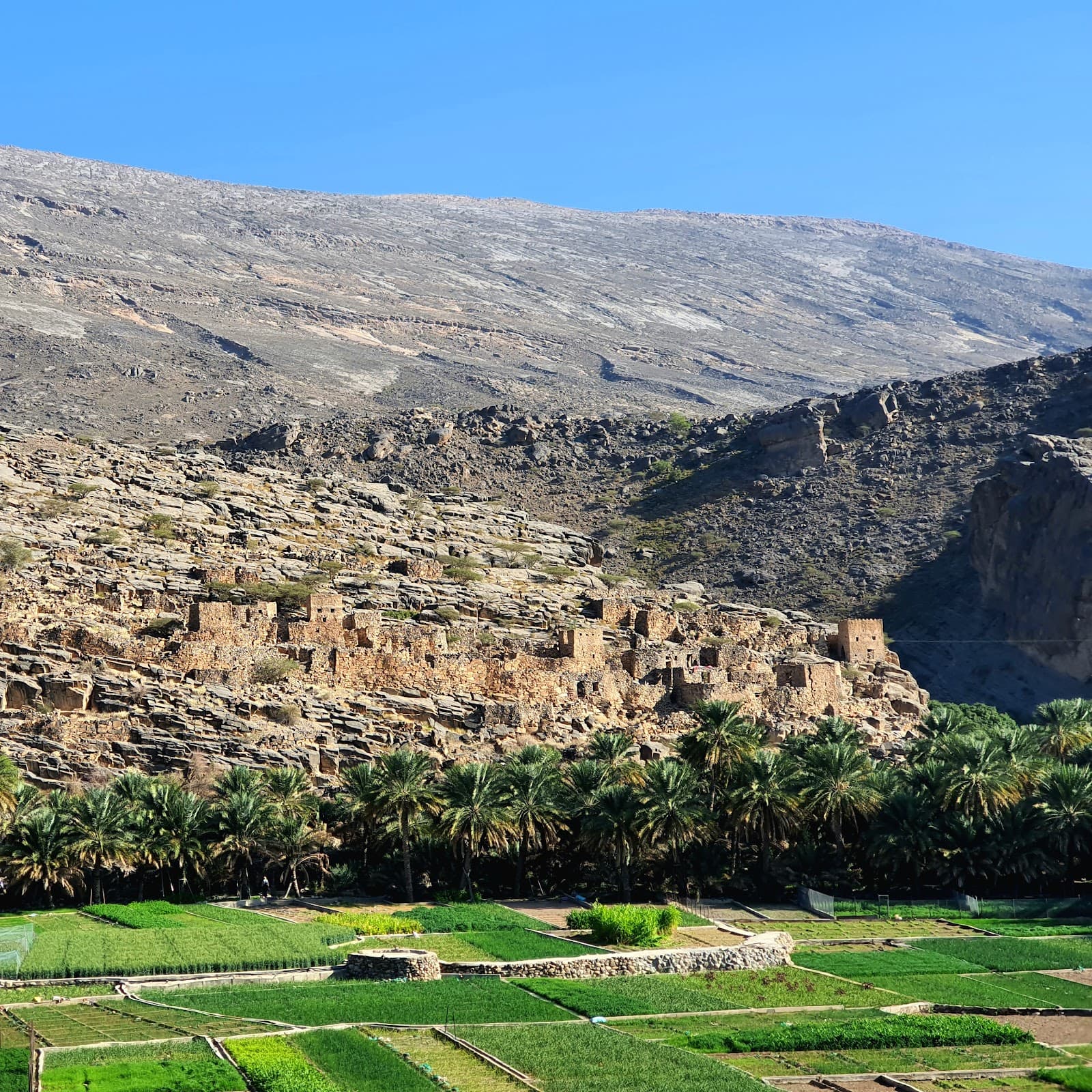
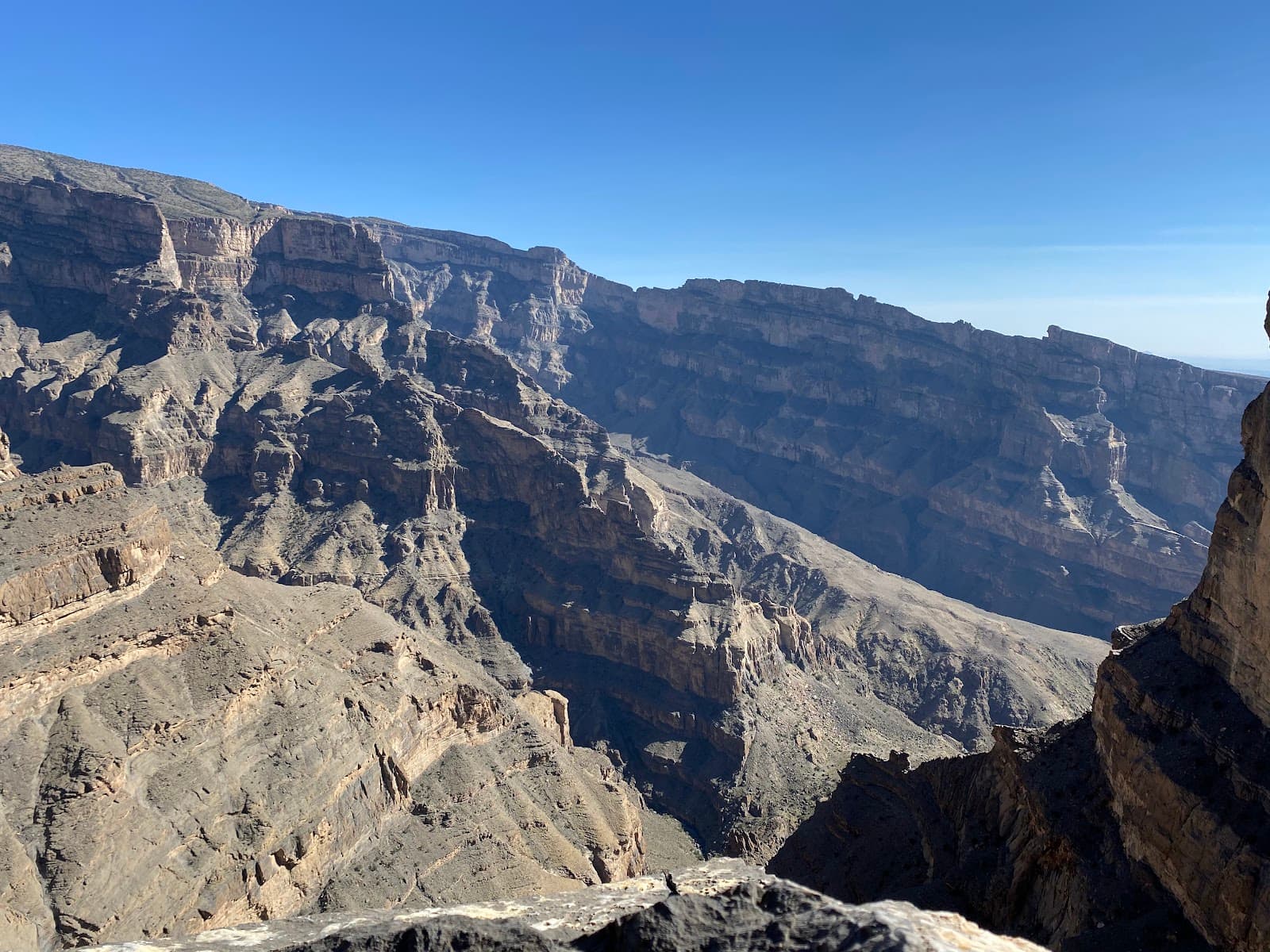
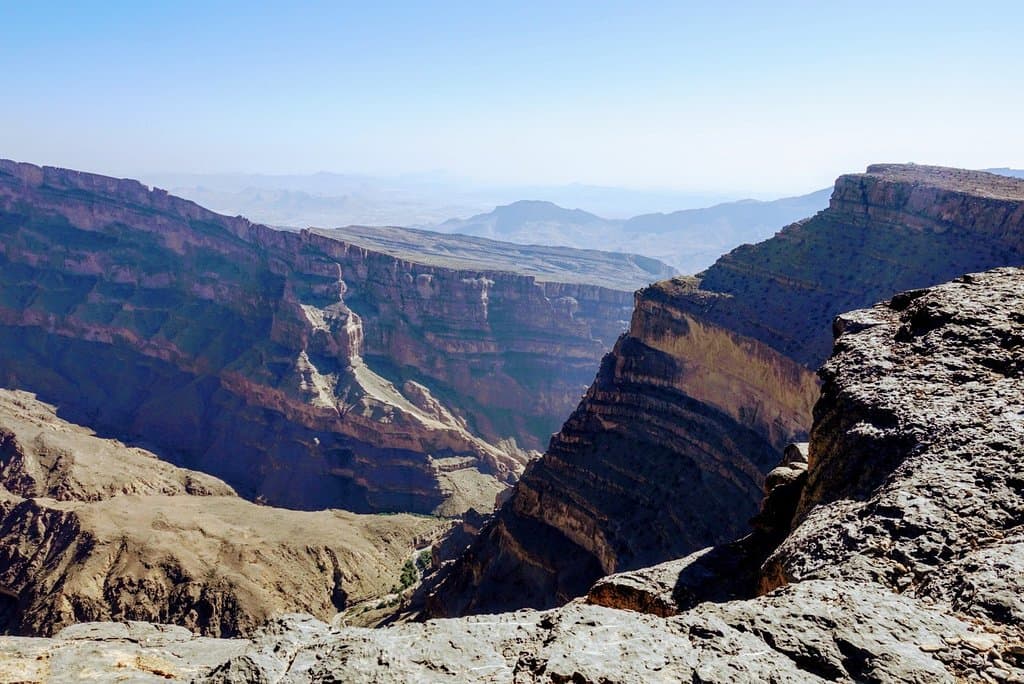

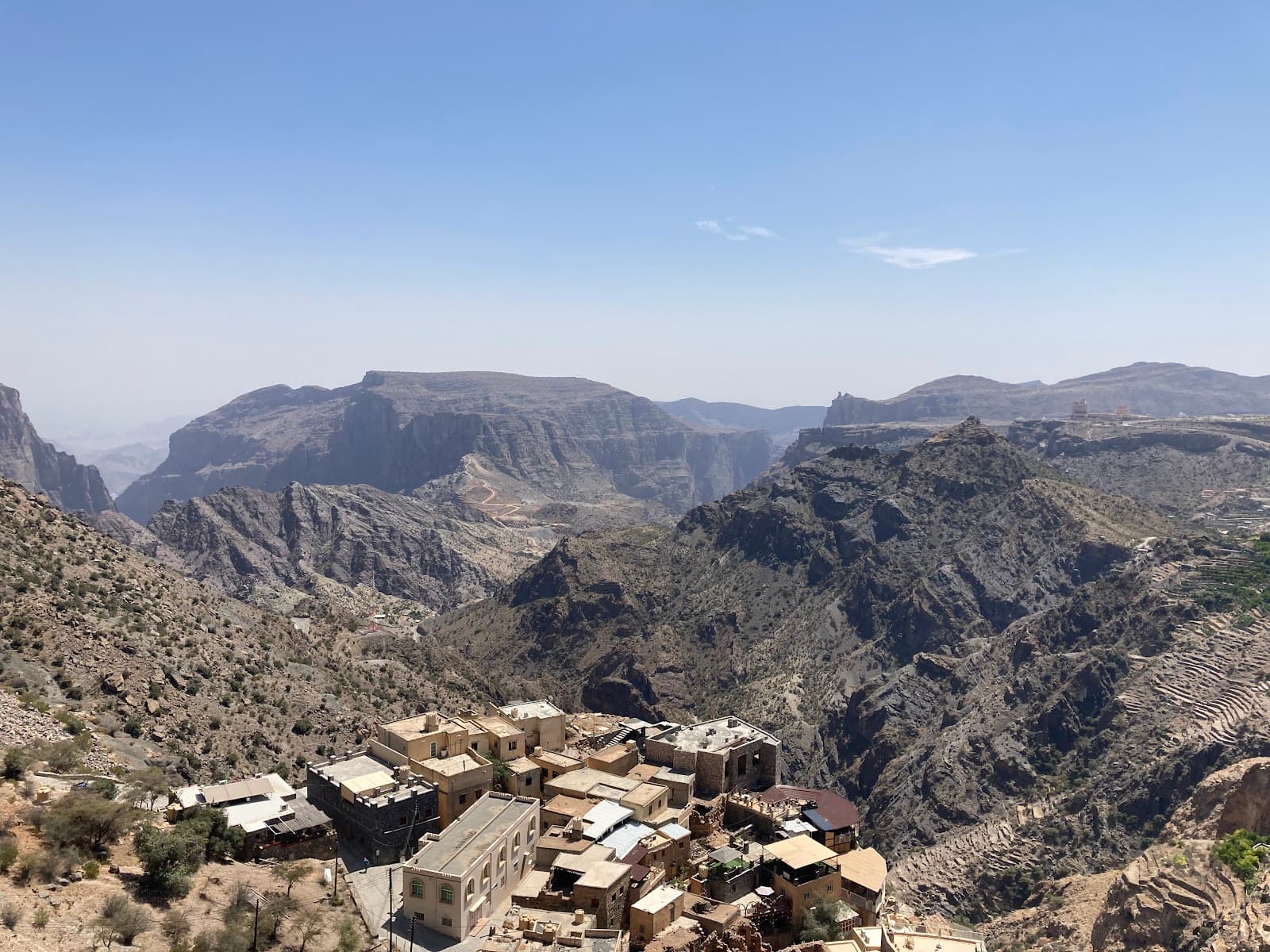
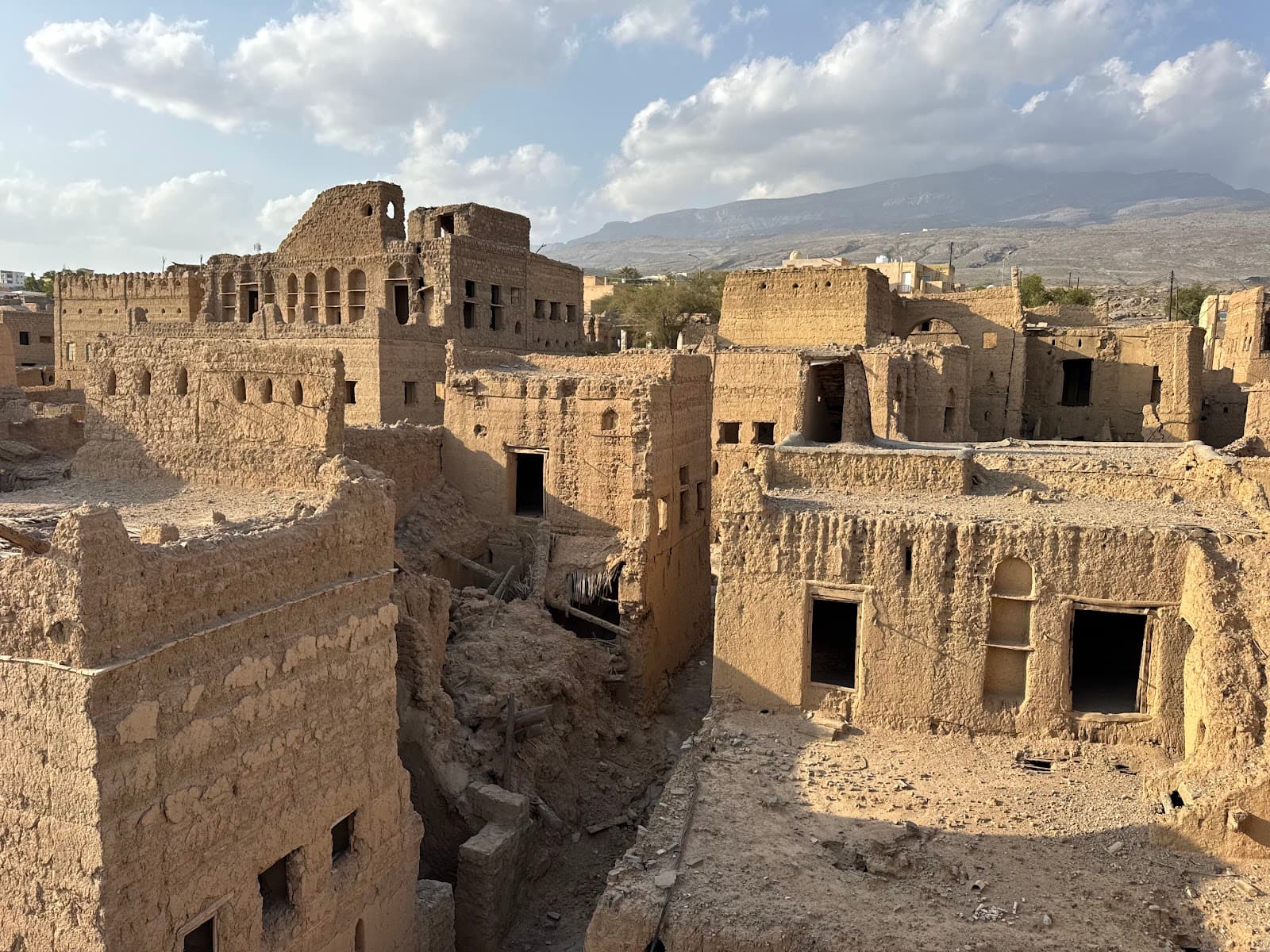
Social
from TikTok, Instagram & Reddit